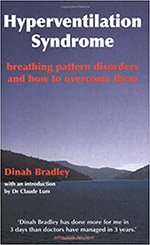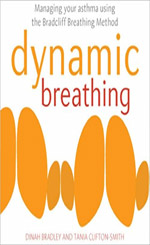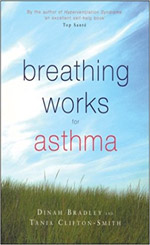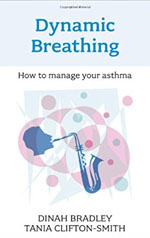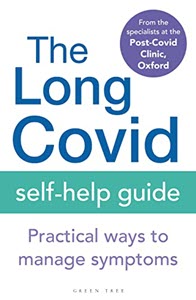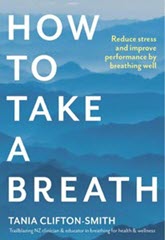‘Good breathing’ means moving air in and out of the chest with the minimum of effort and the right muscles.
Good breathing at rest involves using the bottom part of your chest.
The most important muscle used for your breathing is the DIAPHRAGM.
The diaphragm is a strong flat, muscle which is attached to the lower edges of the ribs. It separates the chest from the gut. It is shaped like the dome of an umbrella when relaxed.
As you breathe IN it contracts and moves downwards drawing air into your lungs. This causes your tummy to expand.
As you breathe OUT the diaphragm moves upwards, expelling the air from your lungs.
It is only during increased activity that the upper chest opens up to draw in the extra air that you need. This can also happen when you are stressed or excited.
Should I breathe through my nose or my mouth?
It is very important that you breathe in and out through your nose to allow the air to be filtered, warmed and moistened. You may need to breathe through your mouth in certain circumstances eg when exercising.
How slowly should I breathe?
Everyone is different however most people people take between 8-12 breaths in a minute at rest.
When you are practising have a count of how many breathes you take in one minute.


